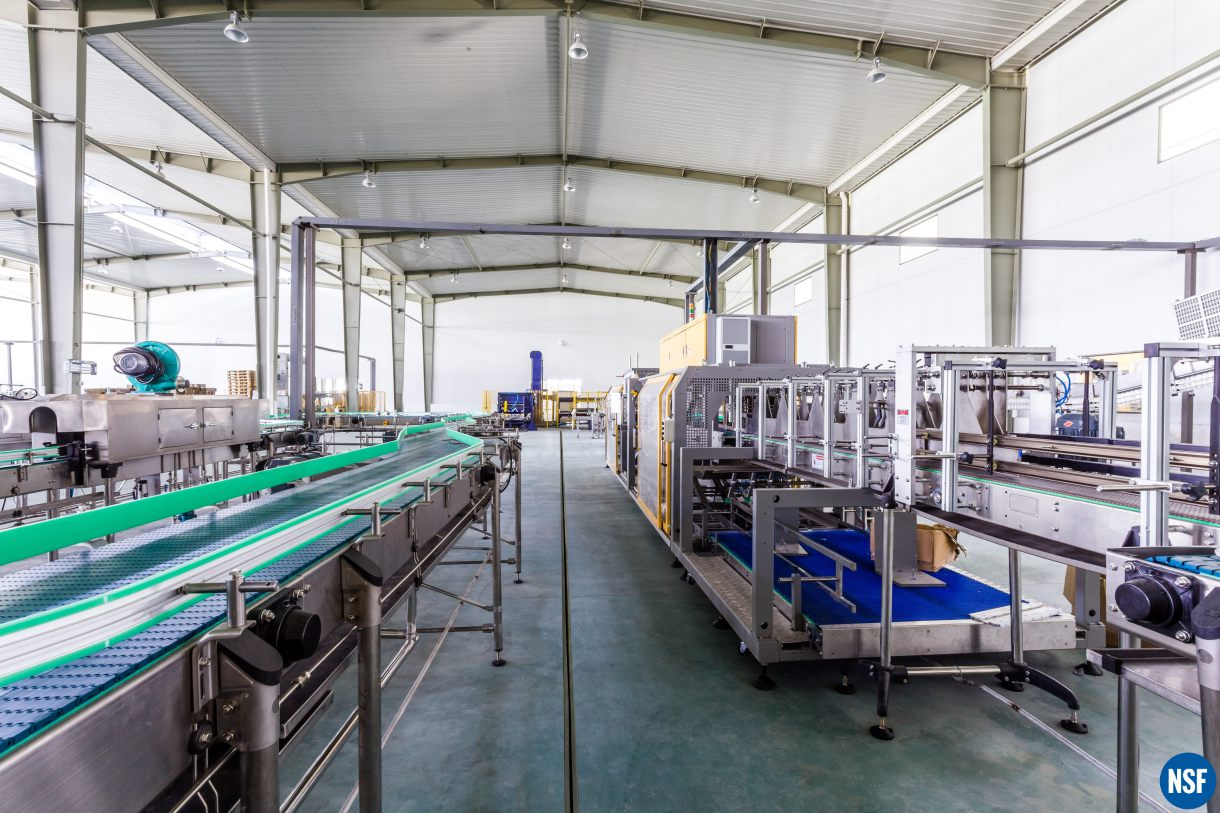Every year, countless new trends emerge in the food manufacturing industry. These industry trends range from the simple to the complex. They can cover everything from how the facility works to what ingredients go into various food and beverage products. Without a doubt, these various trends play a significant role in the food manufacturing industry and help dictate the route companies and manufacturers follow with their businesses. When the industry takes advantage of new, emerging trends to find growth, it allows them to improve on themselves and find greater success.
Food Manufacturing Industry Trends
Here are seven trends that will impact the food manufacturing industry during 2023:
1. More Reliance on New Technology
Technology is always changing and advancing in ways that help to make the manufacturing process better. You can expect larger food manufacturing companies to start taking advantage of these newer technologies to help improve their various processes. One such technology that you can expect to see more is the use of blockchain, a sort of digital ledger of data. By using blockchain, every aspect of the food industry can increase efficiency, transparency, and even the collaboration of everyone involved in manufacturing and production.
2. Slot Drain Systems

Another impactful trend you can expect to see within the food manufacturing industry is the use of more efficient floor drainage systems. Slot Drain is a modernized trench drain system that comes in a food-grade stainless steel that is pre-sloped and pre-assembled, and allows for a very sanitary processing facility. The stainless steel makes it incredibly durable: it is heat and cold resistant, bacteria-resistant, chemical- resistant, and capable of handling the weight of heavy machinery and equipment. What really helps Slot Drain to stand out from the competition is that the slim channel opening means there is no need for a grate covering, which makes the whole system easier to clean and maintain.
3. Sustainability in Products and Packaging

A desire for sustainability has been steadily on the rise for a few years now. It has now has moved into the food industry, affecting everything from the packaging to the production of food and beverage items. These days, consumers are more than willing to pay a premium for products that may not be as harmful to the environment. As a result, expect to see more companies making moves to change their practices to a more conscientious approach in regard to where their ingredients come from, the packaging they use, and how significant of an impact they have on the environment overall. That means that ingredients should come from sustainable sources, and packaging should use materials that can quickly decompose or be recycled to prevent negatively impacting the environment.
4. Increased Desire for Plant-Based Foods
There is an increasing desire for healthier foods, specifically, plant-based food. While this doesn't necessarily mean that people are trying to go vegan or vegetarian, it just means they are looking for healthier alternatives to other foods, especially meat-based foods. However, this desire for more plant-based foods means that food manufacturers have to work harder to create desirable products in order to meet consumer demand. These foods not only need to be healthy, they also have to taste just as good, if not better, than the real thing.
5. More Food Safety Transparency
Over the past couple of years, there has been an increasing number of food-related product recalls. Poultry, meat, and even romaine lettuce have been recalled for reasons like e.Coli, pieces of rubber, and other safety issues. With these foods being recalled repeatedly, it has created great distrust between consumers and food manufacturers and can destroy the reputation of a company. To change that, there is a shifting trend that calls for companies to have more transparency with their consumers. Now, instead of ignoring the issues, companies need to tell consumers about what is going on with their products. By being more open with consumers, the company can earn their trust and respect, which will allow them to find more success in the future.
6. Cleaner Food Labels
Today, the idea of "less is more" couldn't be more prominent in every part of life, especially when it comes to food. Consumers want cleaner, shorter food labels that are easier to understand. Consumers have become hyper-aware of what is going into their food and are looking to avoid certain foods and ingredients that they feel are unhealthy. They no longer want preservatives or unnatural ingredients produced in labs in their foods. Instead, they want ingredients to come from nature. The more understandable and clean the ingredients are, the better, and the more likely the consumer will want to purchase/consume it.
7. Functional Foods
These days, food is more than just something that gives you sustenance. It has become a form of functional medicine, which people have turned to in hopes of managing, if not wholly curing their ailments. As a result, this will lead to the trend of healthier foods with better ingredients that will help to fortify your body. Now, food manufacturers are looking for ways to include things like probiotics and omega-3s in various food products, so that consumers can get more of the nutrients they need. These ideas of functional food go hand-in-hand with the idea of clean labels: functional foods have pure, simple ingredients that are purely focused on aiding a person's health.
Keeping Up With the Trends

Every year, food industry trends are always changing and evolving. If it weren't for these constantly changing trends, the food manufacturing industry would never experience true growth. That would lead to any progress coming to a standstill, which would cause companies in the food manufacturing business to begin to fail. If they start failing, then the consumers will likely lose trust in the company, which can have a serious impact on the whole market.
Keeping up with these new food industry trends for 2023 is critical so that manufacturing companies can continue to grow.


